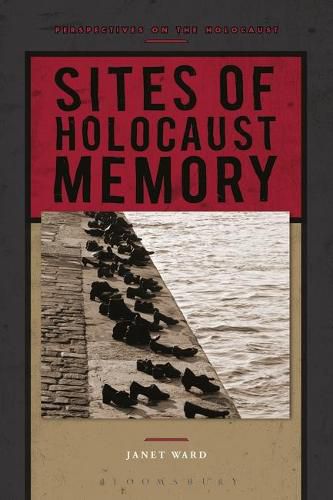Readings Newsletter
Become a Readings Member to make your shopping experience even easier.
Sign in or sign up for free!
You’re not far away from qualifying for FREE standard shipping within Australia
You’ve qualified for FREE standard shipping within Australia
The cart is loading…






The Holocaust was as much a spatial as it was a racial system of planning. With more attention being paid to this in Holocaust historiographical debates, and a recent upswing in the visual understanding and experience of collective memory, this book is a timely exploration of an increasingly significant aspect of Holocaust studies.
Carefully and generously illustrated, Sites of Holocaust Memory examines how Holocaust memorials have developed, especially of late, into sites of sacralised and sensory experience and interpretation for visitors. It considers how former ghettos, sites of mass shootings, concentration camps, and extermination camps are being commemorated and it looks at the role played by Holocaust museums in promoting city identities. The book also provides detailed coverage of Holocaust artefacts to stress the huge importance of objects as well as physical spaces as we seek to develop a more complete understanding of the Holocaust’s place in modern history.
$9.00 standard shipping within Australia
FREE standard shipping within Australia for orders over $100.00
Express & International shipping calculated at checkout
The Holocaust was as much a spatial as it was a racial system of planning. With more attention being paid to this in Holocaust historiographical debates, and a recent upswing in the visual understanding and experience of collective memory, this book is a timely exploration of an increasingly significant aspect of Holocaust studies.
Carefully and generously illustrated, Sites of Holocaust Memory examines how Holocaust memorials have developed, especially of late, into sites of sacralised and sensory experience and interpretation for visitors. It considers how former ghettos, sites of mass shootings, concentration camps, and extermination camps are being commemorated and it looks at the role played by Holocaust museums in promoting city identities. The book also provides detailed coverage of Holocaust artefacts to stress the huge importance of objects as well as physical spaces as we seek to develop a more complete understanding of the Holocaust’s place in modern history.